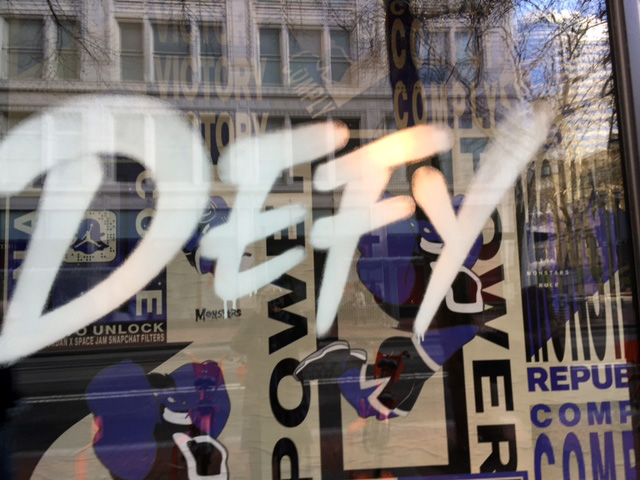
Yesterday’s post was about people who are bad at face recognition. It is a recent discovery how common this problem is. My Oma already knew that some people are bad at recognizing faces, but she certainly didn’t realize how extreme the differences in ability can be. Today let’s look at the other end of things, namely people who are especially good at face recognition.
You might think that you’ll find these super recognizers in certain professions, but there is no evidence for that. Many people assume that police officers, for example, are particularly good at recognizing or remembering faces. In fact, in may court rooms judges assume an identification coming from a police officer deserves more trust. However, when you do the comparison between cops and civilians, cops have no edge.
http://journals.plos.org/plosone/article?id=10.1371/journal.pone.0150036

As a different possibility, you might think that portrait artist have a great advantage however there is no evidence for that either. In fact, we saw a hint of the evidence yesterday, with one prominent portraitist who is actually quite impaired in face recognition. More generally, though, head to head comparisons between portrait artists and others show no difference.
However, there are huge differences in recognition skills among all people and so you can find artists and police officers and ordinary civilians who are “super recognizers.” Just as there might be some mechanics, teachers or nurses who stand out in that regard.
You may have seen the article in the New Yorker how London’s Scotland Yard is trying to locate these people and try to recruit them and they are, of course, on the right track.
http://www.newyorker.com/magazine/2016/08/22/londons-super-recognizer-police-force

These people are virtually perfect in their face recognition even when they have not seen the person for a dozen years, even if the person has dramatically changed their appearance through aging or cosmetics or anything else. You might think that this talent would be a blessing, but at least one super recognizers say the opposite. Imagine you are approaching someone and say, “Didn’t you work at the bookstore 15 years ago?” when you immediately recognize the Powell’s clerk…. Many people would and do find this creepy, as if you were stalking them and will leave you without answer in a hurry.
Well, I, personally, am looking with my eyes, but seeing with my heart (and if that fails, with my camera)….. after all it’s 2/14

Happy Valentine’s Day!

























 but because of this
but because of this 












 It took an incredible amount of work for all the staff to pull this event off, superb volunteerism that makes safe spaces possible. Nothing but respect for them.
It took an incredible amount of work for all the staff to pull this event off, superb volunteerism that makes safe spaces possible. Nothing but respect for them.

























